The Haçienda nightclub voted one of the UK’s top historic sites
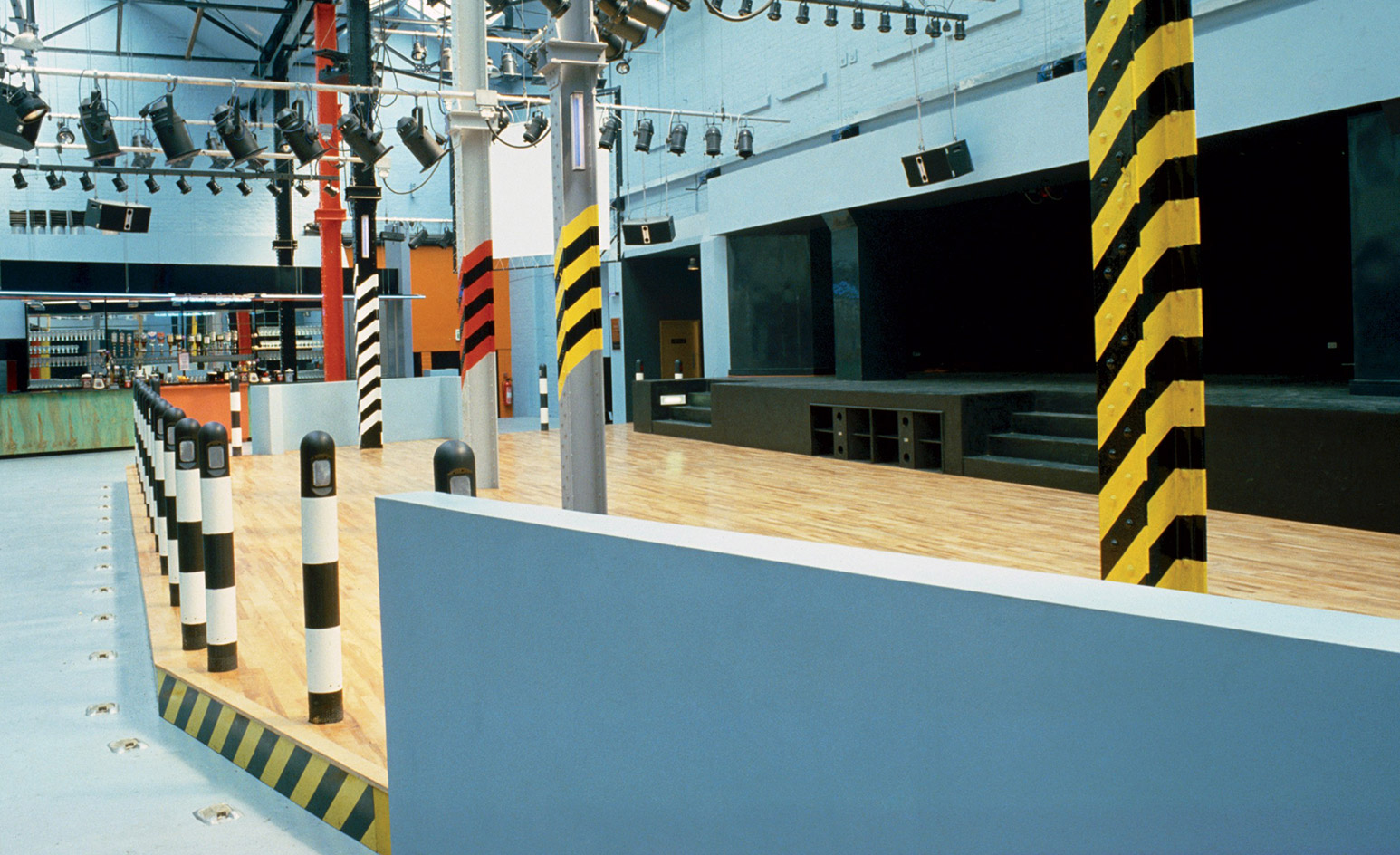
In the history of nightclub design there are two pulsating neon beacons of hedonism that shine on despite their demise – New York’s Studio 54 and Manchester’s The Haçienda. The latter’s importance in British culture has received an unlikely endorsement from Historic England as part of its celebratory campaign A History of England in 100 Places.
The legendary club, which opened in 1982 but peaked during the Madchester and rave years of the late 80s and early 90s, has been chosen as one of the ten historic places for music and literature. The list was voted for by the public and selected by novelist (and fan of the club) Monica Ali. Fellow nominees in the list include more traditional destinations such as the homes of literary greats Charles Dickens, the Brontë sisters and Jane Austen. The only other music venues listed are The 100 Club and Abbey Road Studios.
The Haçienda was the brainchild of Factory Records and in particular New Order who were influenced by the New York club scene. Orchestrated by Peter Saville, the design director of the label at the time, he pulled in designer Ben Kelly, with whom he’d already worked with on various album sleeves, to overhaul a disused canalside warehouse in Manchester. Kelly created a post-industrial interior full of factory references – such as bollards and the now iconic hazard stripes.
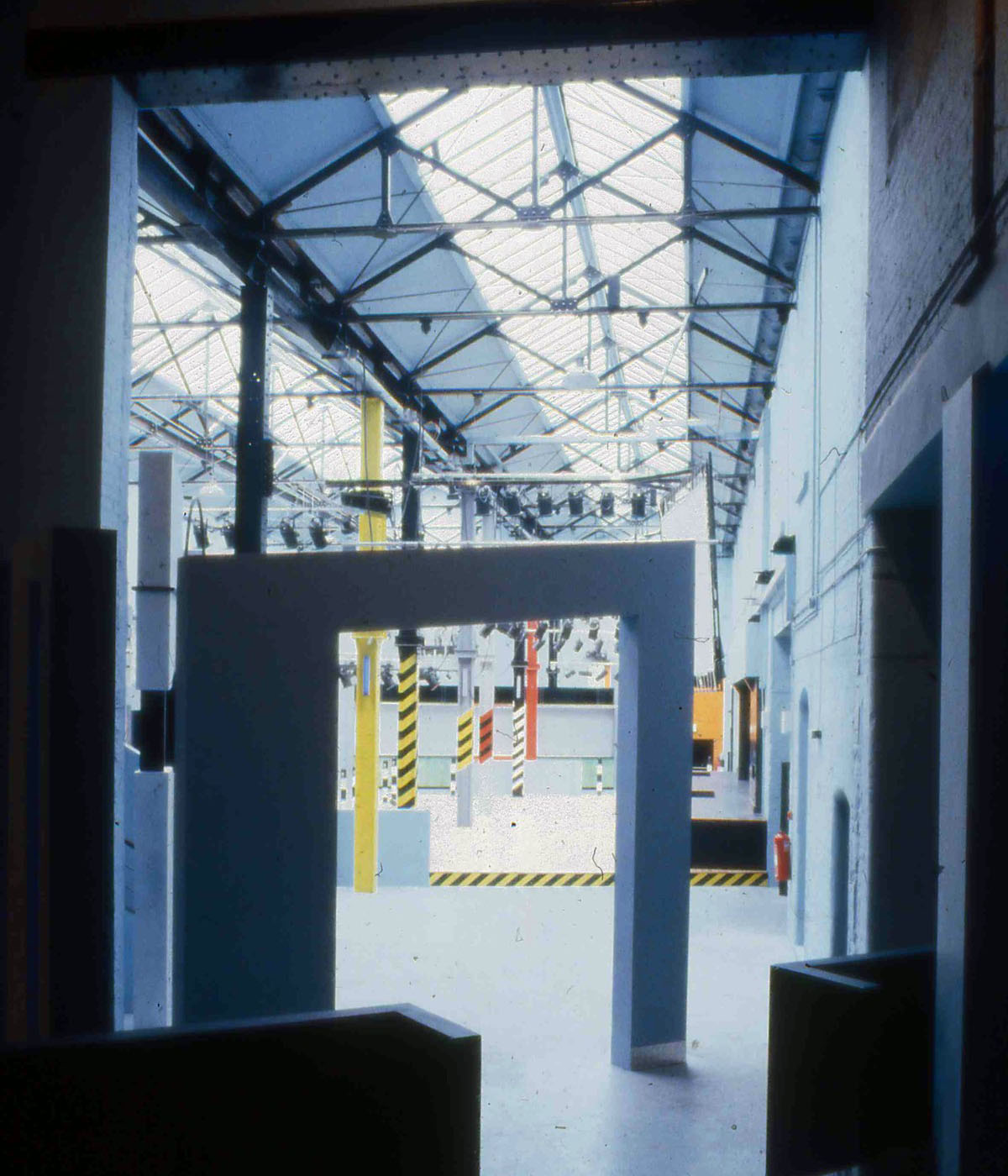
Inside The Haçienda which was designed in 1981 with ‘graphic language borrowed from factory interiors’.
‘I was very surprised,’ Kelly said of the news, ‘but it just proves The Haçienda will never die. The list is a great idea and it’s mind blowing being in the company of Abbey Road, Handel and Hendrix, you don’t get much better than that. Apparently Monica Ali used to go and was a fan, that’s the kind of effect The Haçienda had on people, a week doesn’t go by when something comes up related to the club.’
Looking back both Saville and Kelly credit the idealism of Factory Records and the freedom of self-expression granted by the label above "any commercial objective" as key to their success. Kelly believes its brilliance lay in their rookie approach. ‘It was both Factory Records and my first nightclub so it had that fantastic naïveté in its favour.’ His hybrid format, which placed the stage to the side rather than one end, meant it thrived as both music venue and club. This changed the nightclub genre and in time pioneered the UK’s halcyon days of clubbing; propelling that heady crossover between Indie and Dance music which climaxed with the second summer of love in 1988.
And although it may have closed in 1997, under a cloud of shootings and financial troubles, The Haçienda has been formally credited with kicking off the city’s regeneration. ‘When I used to visit Manchester pre-Haçienda I felt it was in monochrome, but the club changed everything, suddenly it was like a colour switch went on,’ recalls Kelly.
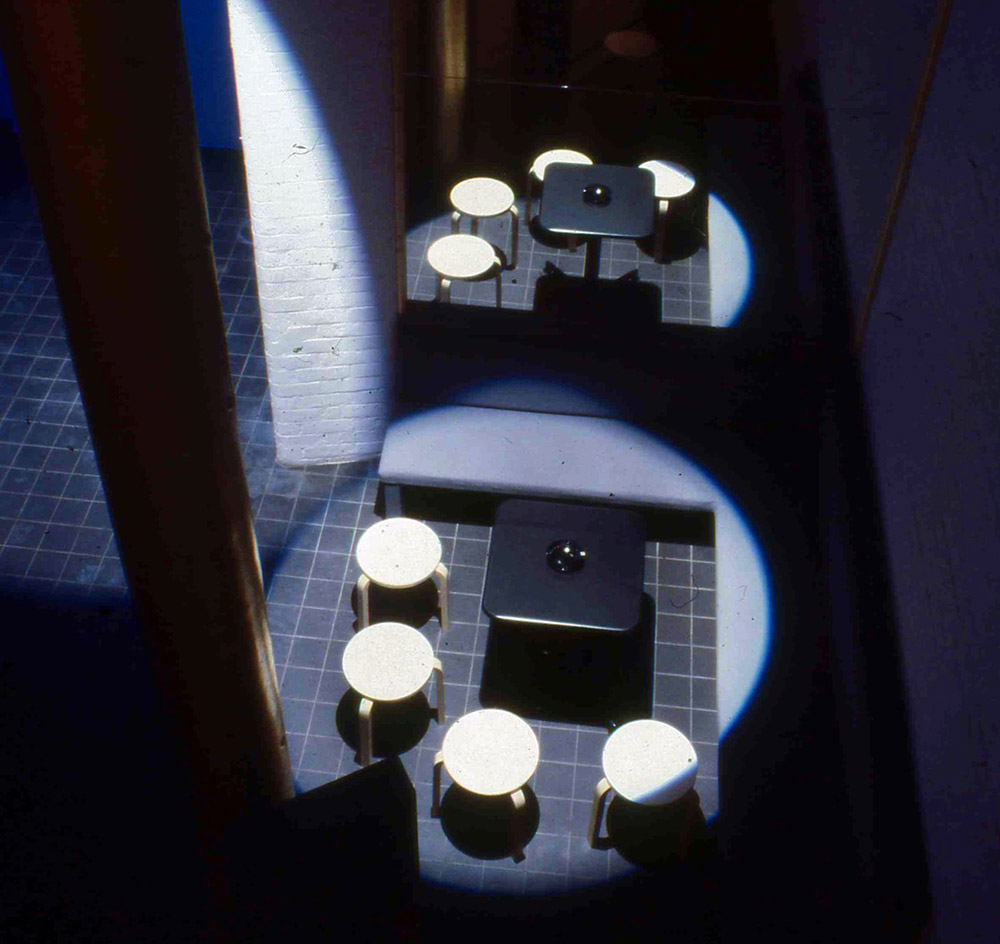
‘The great thing about designing the club was that once they commissioned you Factory Records just let you get on with it’,’ recalls Kelly of the project
The site may now be home to luxury warehouse flats, but its influence continues to reverberate. Most high profile perhaps is Virgil Abloh, who riffed off the hazard stripes for his Off-White luxury athleisure label, something that was brought to Kelly’s attention by friends. ‘I thought what cheeky f**ker is doing this, but then we spoke and really got on and went on to collaborate for Design Miami 2016.’ Together they created a homage to the club in the form of a touring mobile club unit which Kelly dubbed ‘Off Set’, this went on to feature in exhibitions in Liverpool and London and led to the Ruin installation at 180 The Strand.
So Saville’s grand claims when he wrote about the project in 2002 seem remarkably prescient now: ‘This building has, I think, had a greater aesthetic influence than some of the higher art of architecture. It seems extraordinary to think now about how strange this building seemed in 1981, and how the post-industrial aesthetic has been adopted totally by our culture.’
Asked what he thought of the Historic England poll, Saville said, ‘it is important to recognize that in its independence The Haçienda was “of the people, for the people”, it was a place they took to their hearts, it was their Haçienda.’
INFORMATION
For more information, visit the Ben Kelly Design website
Wallpaper* Newsletter
Receive our daily digest of inspiration, escapism and design stories from around the world direct to your inbox.
-
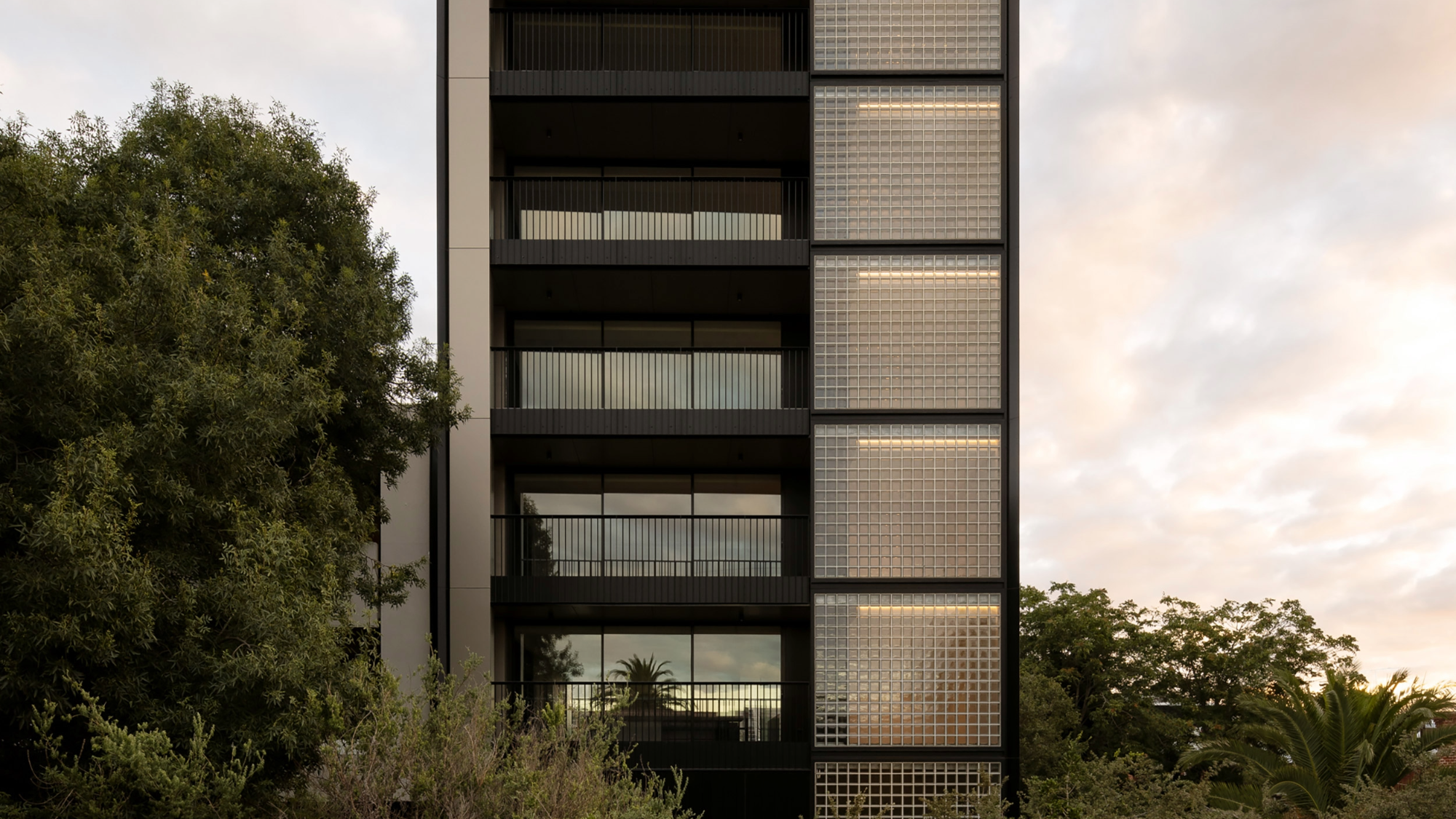 The humble glass block shines brightly again in this Melbourne apartment building
The humble glass block shines brightly again in this Melbourne apartment buildingThanks to its striking glass block panels, Splinter Society’s Newburgh Light House in Melbourne turns into a beacon of light at night
By Léa Teuscher Published
-
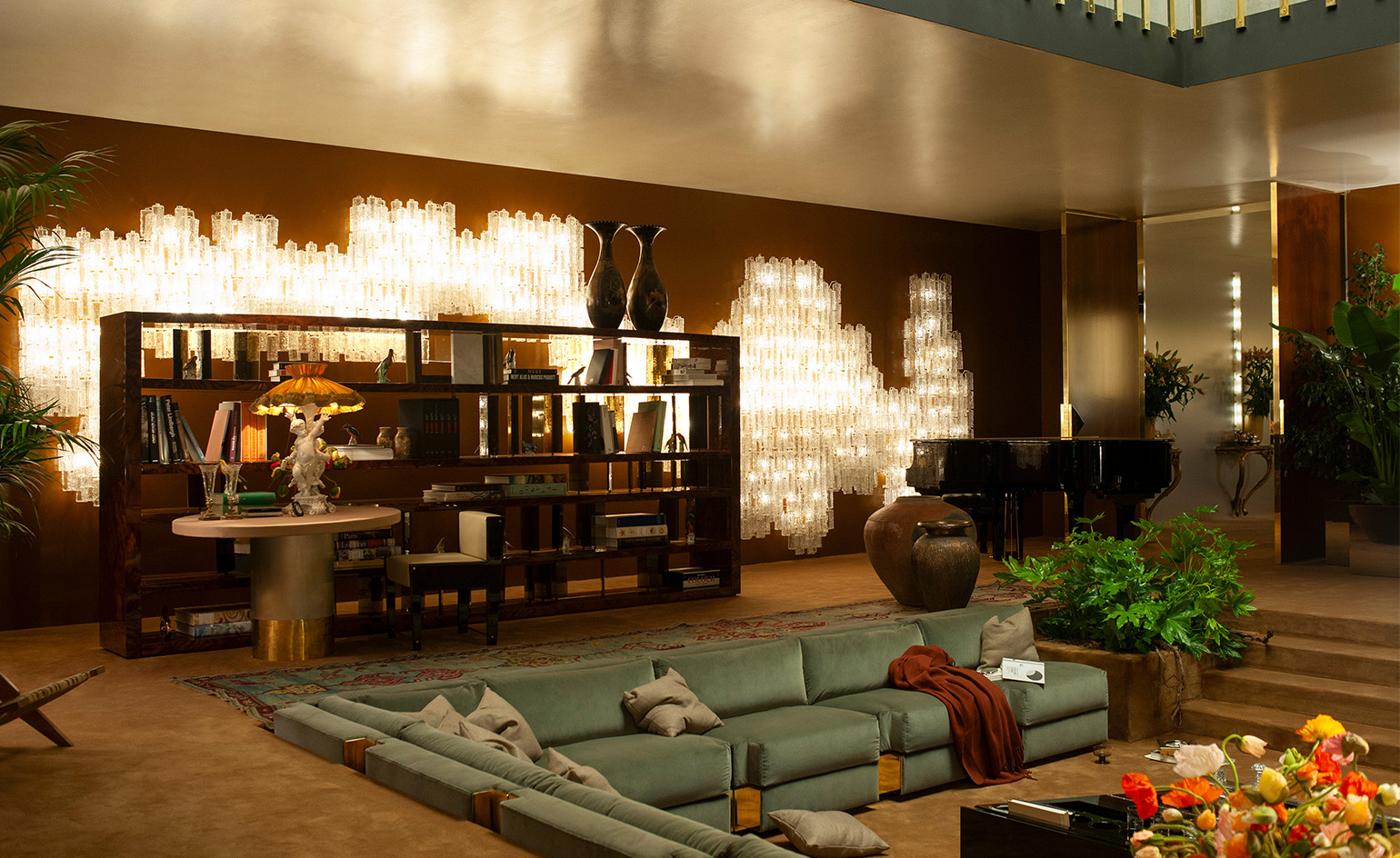 Dimoremilano and Loro Piana channel 1970s cinema in decadent Milan display
Dimoremilano and Loro Piana channel 1970s cinema in decadent Milan displayAt Milan Design Week 2025, Dimorestudio has directed and staged an immersive, film-inspired installation to present new furniture and decor for Loro Piana
By Dan Howarth Published
-
 The new Google Pixel 9a is a competent companion on the pathway to the world of AI
The new Google Pixel 9a is a competent companion on the pathway to the world of AIGoogle’s reputation for effective and efficient hardware is bolstered by the introduction of the new Pixel 9a, a mid-tier smartphone designed to endure
By Jonathan Bell Published
-
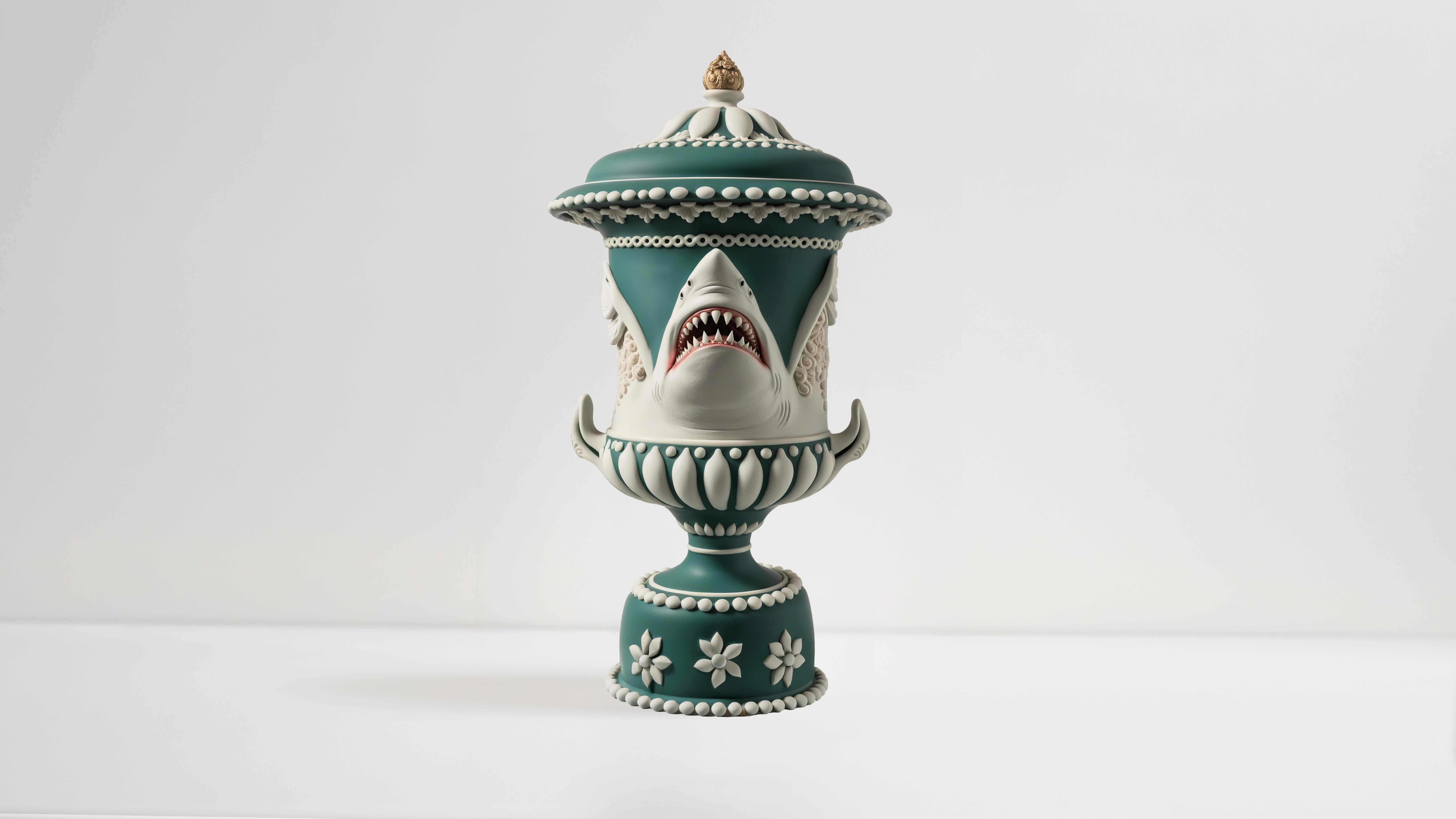 Wedgwood’s AI tool lets the public reimagine Jasperware for its 250th anniversary
Wedgwood’s AI tool lets the public reimagine Jasperware for its 250th anniversaryTo celebrate 250 years of Jasperware, Wedgwood debuts an AI tool that opens up the design process to the public for the first time
By Ali Morris Published
-
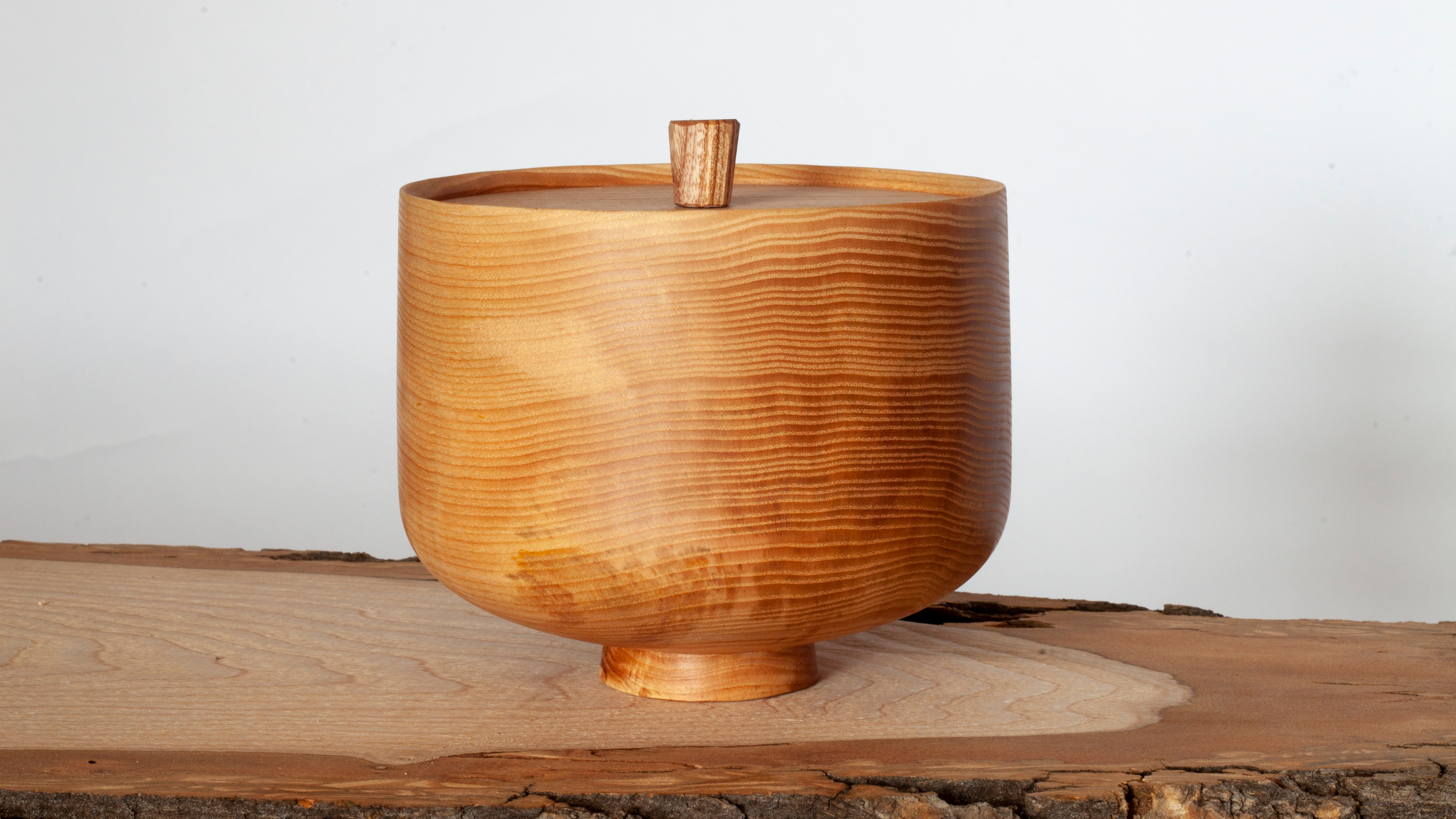 Reimagining remembrance: Urn Studios introduces artistic urns to the UK
Reimagining remembrance: Urn Studios introduces artistic urns to the UKBridging the gap between art and memory, Urn Studios offers contemporary, handcrafted funeral urns designed to be proudly displayed
By Ali Morris Published
-
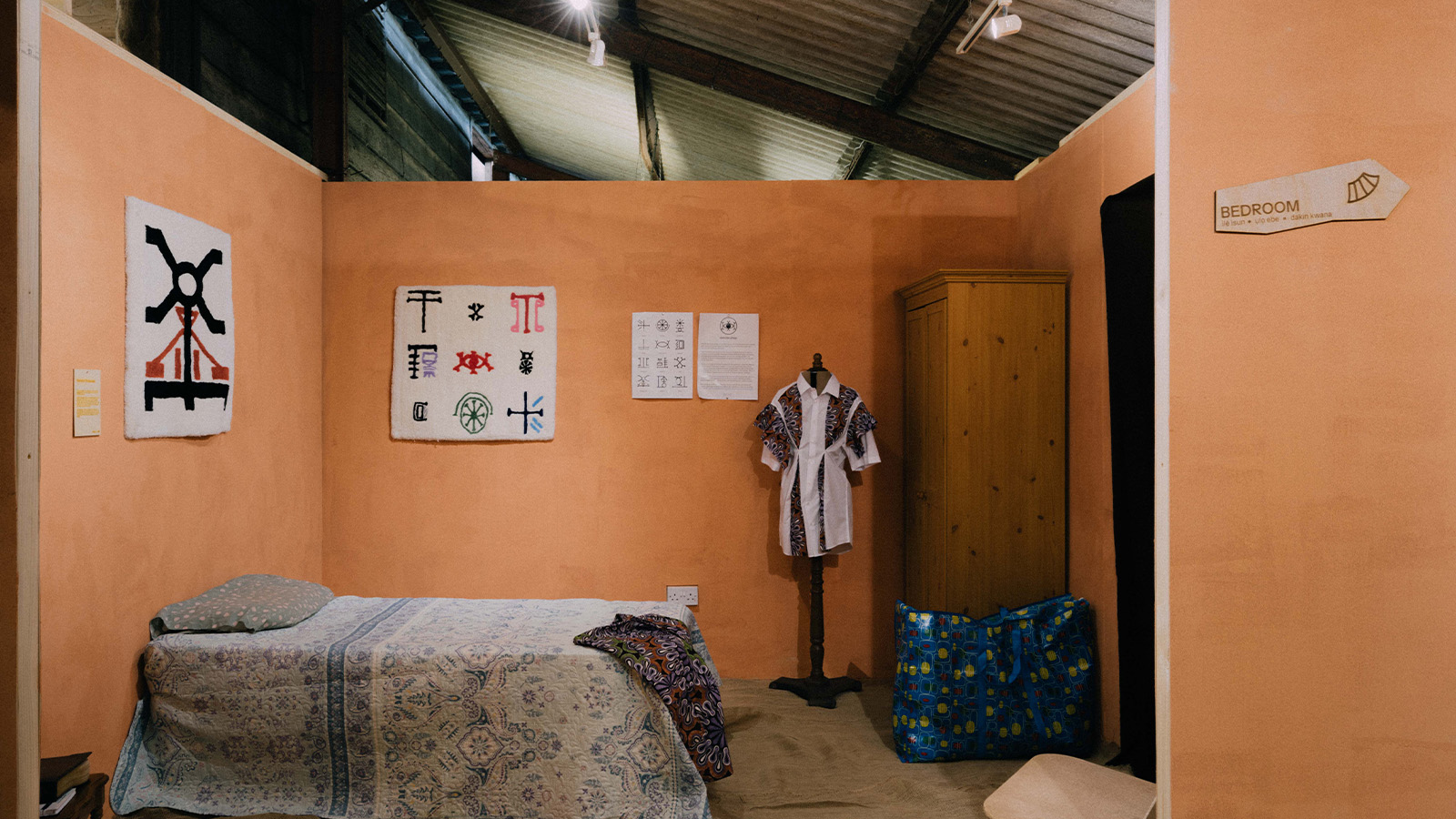 'What Makes a Space Nigerian?' is an exhibition celebrating the key elements of West African Homes
'What Makes a Space Nigerian?' is an exhibition celebrating the key elements of West African Homes‘Our aim was to create a space that Nigerians could connect with', says Moyo Adebayo's on his latest exhibition 'What Makes a Space Nigerian?' which explores what defines a Nigerian home
By Shawn Adams Published
-
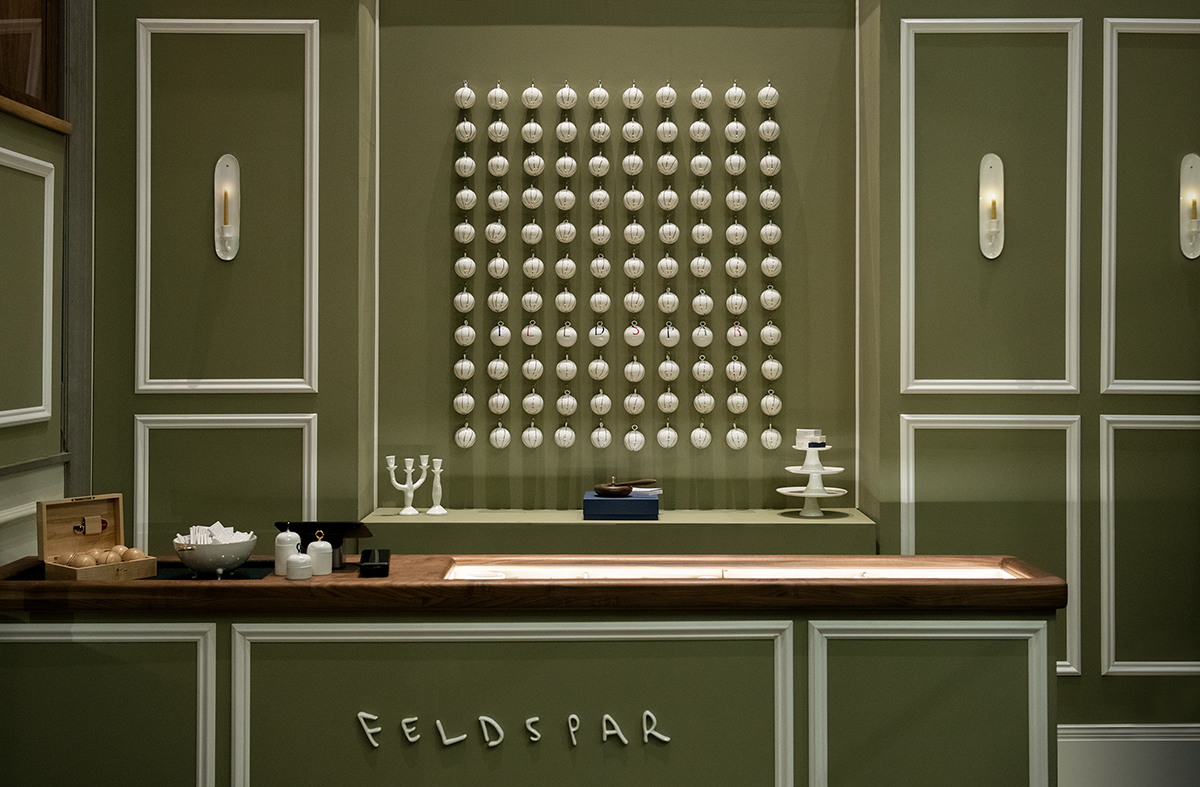 Feldspar makes its mark on Whitehall with a festive pop-up at Corinthia Hotel
Feldspar makes its mark on Whitehall with a festive pop-up at Corinthia HotelDevon-based bone china brand Feldspar makes its first foray into shopkeeping with a pop-up at London’s Corinthia Hotel. Ali Morris speaks with the founders and peeks inside
By Ali Morris Published
-
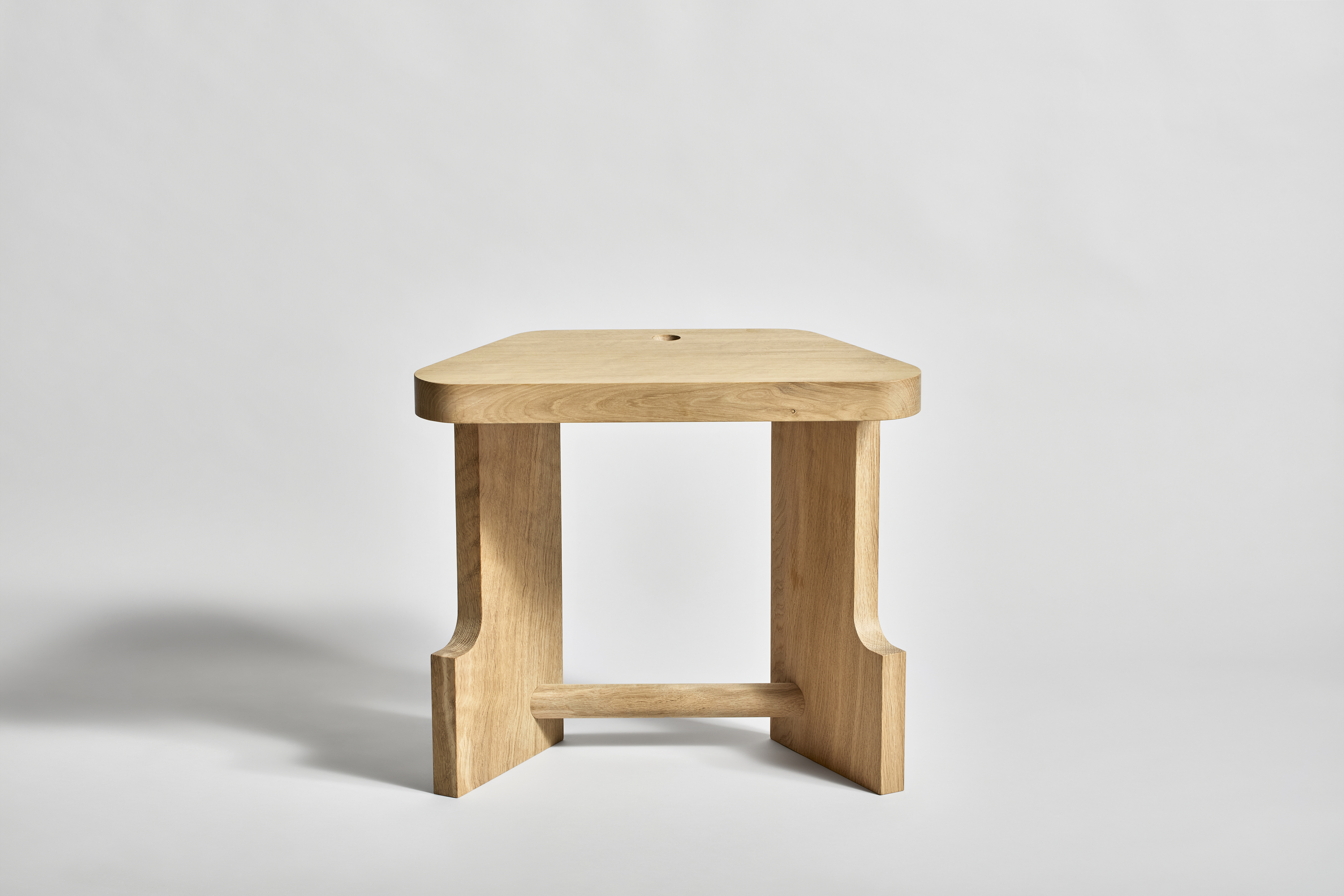 One to Watch: EJM Studio’s stool is inspired by the humble church pew
One to Watch: EJM Studio’s stool is inspired by the humble church pewEJM Studio’s ‘Pew’ stool reimagines the traditional British church seating with a modern, eco-conscious twist
By Smilian Cibic Published
-
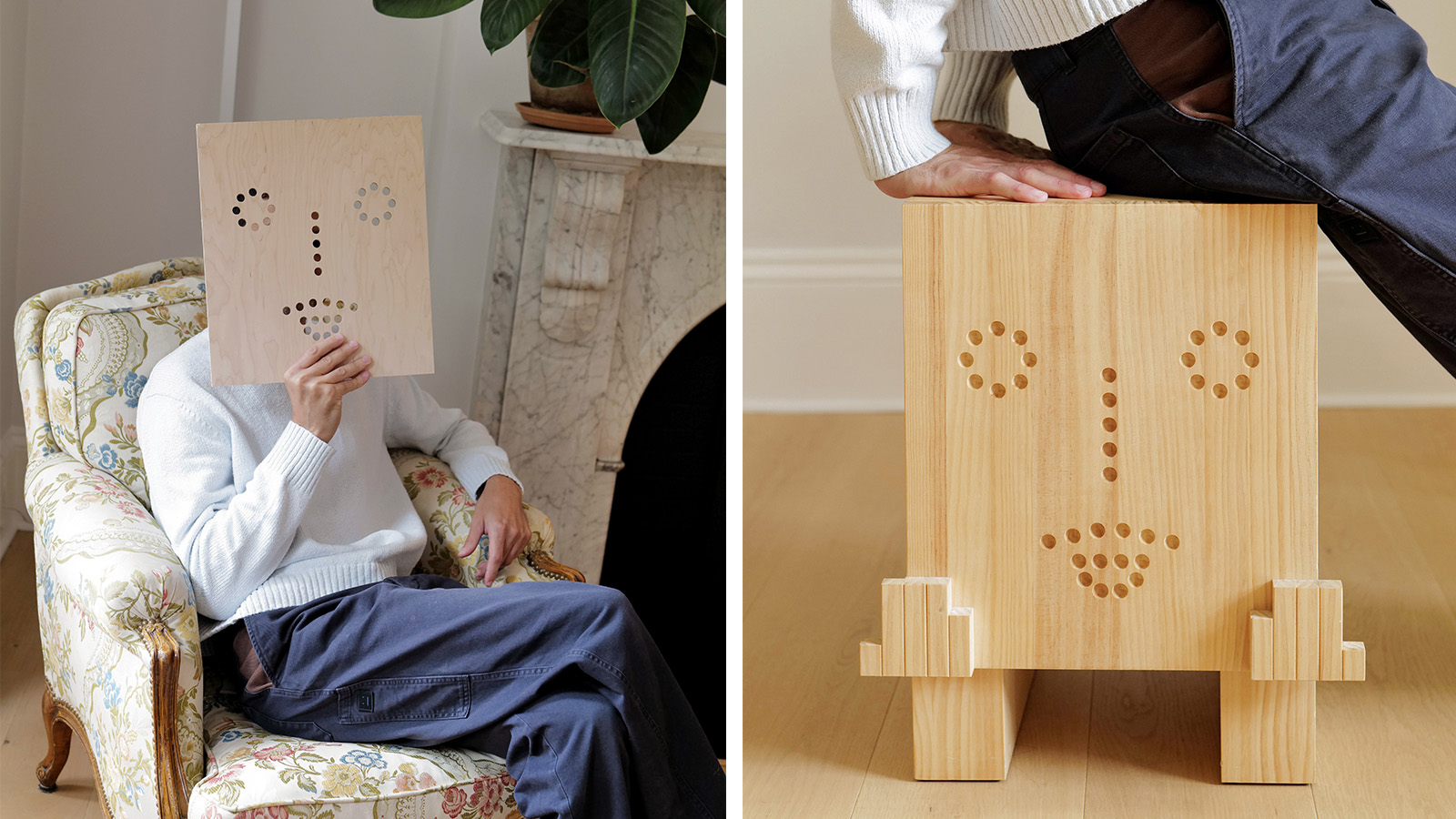 One to Watch: Family Project’s ‘furniture friends’ are elegant and humorous with lasting emotional value
One to Watch: Family Project’s ‘furniture friends’ are elegant and humorous with lasting emotional valueFamily Project, founded by Francesco Paini, is a London-based design practice drawn to human connection, creating portraiture through furniture and injecting artful expressions into interior spaces
By Tianna Williams Published
-
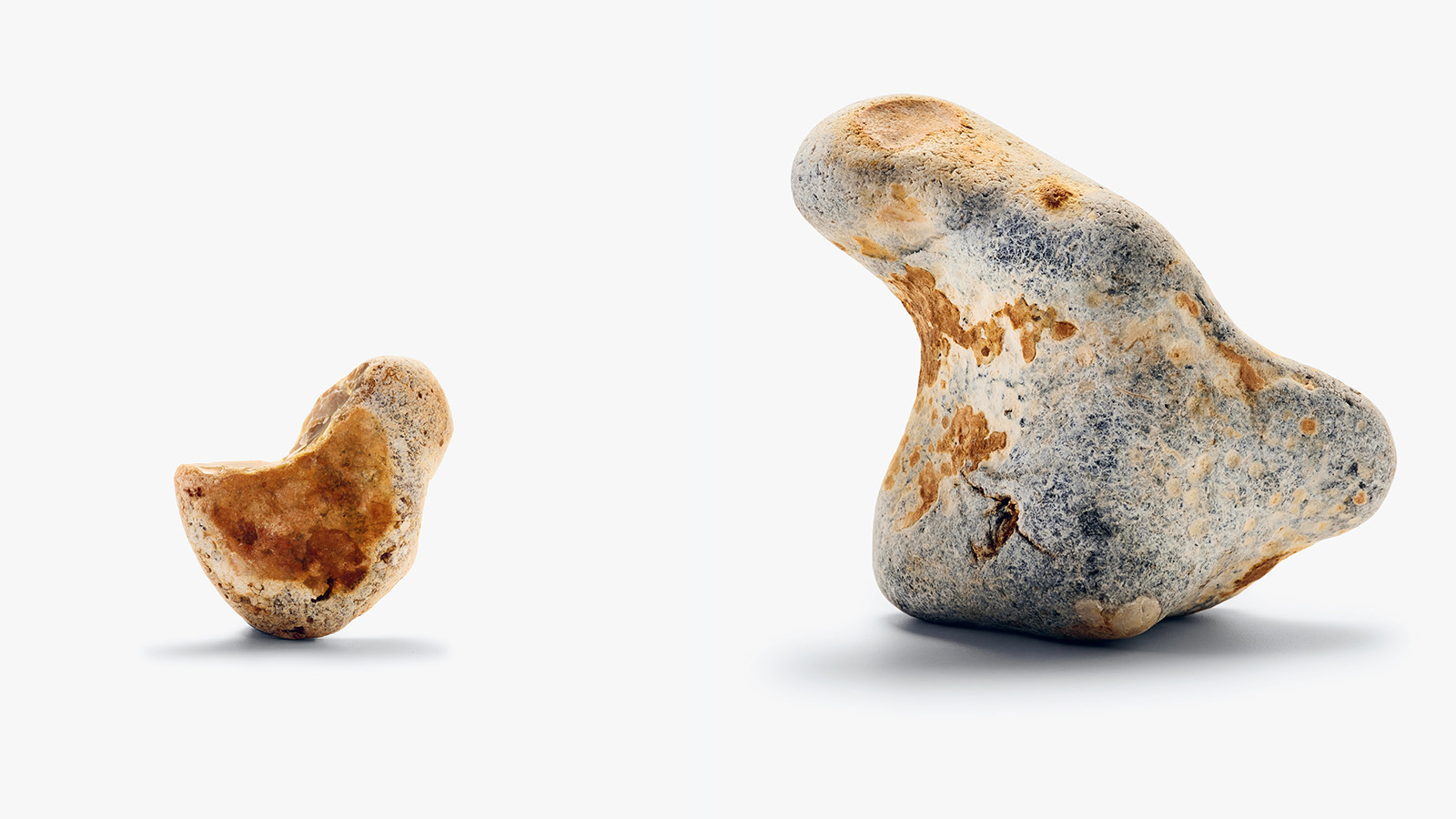 ‘There are hidden things out there, we just need to look’: Studiomama's stone animals have quirky charm
‘There are hidden things out there, we just need to look’: Studiomama's stone animals have quirky charmStudiomama founder's Nina Tolstrup and Jack Mama sieve the sands of Kent hunting down playful animal shaped stones for their latest collection
By Ali Morris Published
-
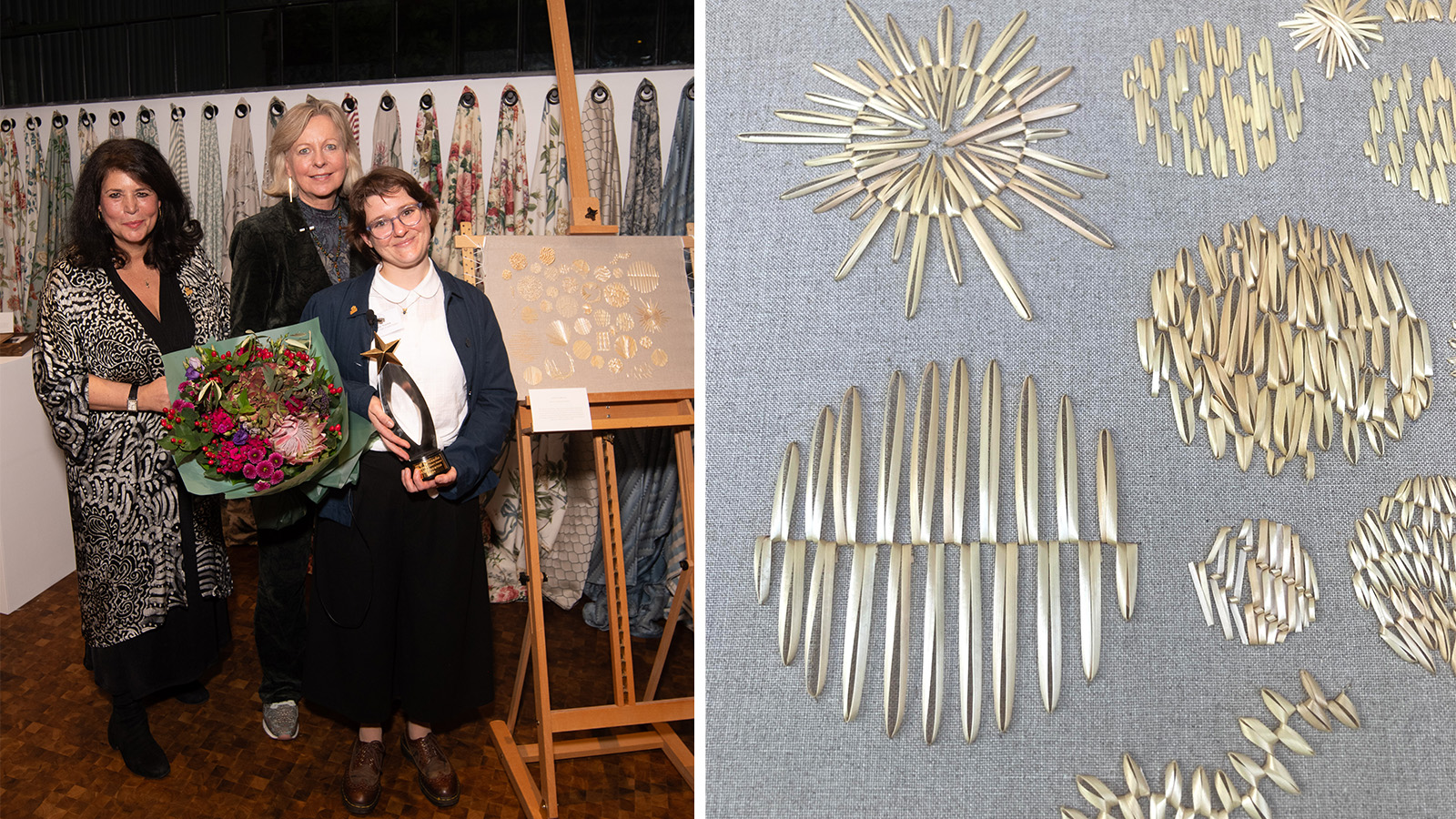 ‘Natural gold’ straw weaving by Hanny Newton wins the inaugural QEST Sanderson rising star award
‘Natural gold’ straw weaving by Hanny Newton wins the inaugural QEST Sanderson rising star award'I have been passionate and driven to champion straw embroidery as an exquisite, sustainable “natural gold”’: rising star Hanny Newton on winning the inaugural award
By Hugo Macdonald Published